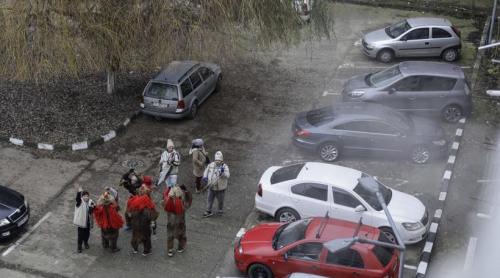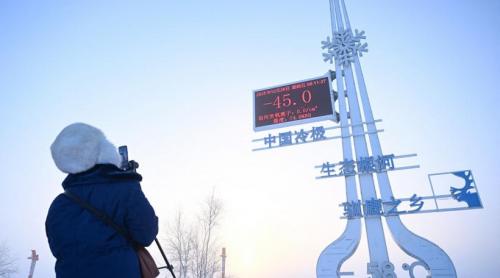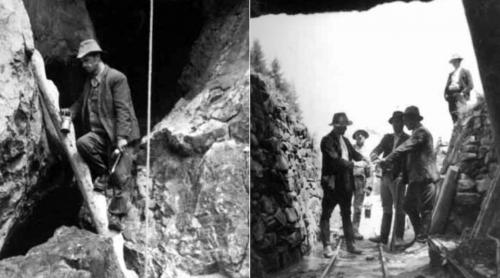
OBSERVER - September 10th 2004
One day later then previously planned the test rocket Demonstrator 2B took off and climbed to under 1,000 meters, instead of a scheduled 2,000 meters altitude.
By ALEXANDRU RADESCU
The 40 kilometers per hour wind was a challenge for the launch, but more so were the technical problems which amounted to more than simple glitches.
The rocket took off on its own, two minutes ahead of the time scheduled for take-off because the hose that led the fuel into the engine went loose. Thus a short-circuit ensued which triggered the take-off.
After reaching less than 1,000 meters in flight, the rocket fell into the Black Sea waters. Engineers in the team working on the project said they wait for the rocket to be retrieved from the sea.
The launch was initially scheduled for September 8; but after a long wait on the testing grounds of the military unit at Cape Midia, an announcement came that the launch will be postponed for technical reasons just as an electronic voice announced there were "30 seconds to go to the launch."
What was deemed to be "a world first" took a negative turn at Cape Midia. The reassuring words "this will not happen again" were not at all reassuring, as a brief glance over the hose that went loose and other parts making it looked cheap, as stuff one buys at the flee market. In fact, the hose was manufactured by the engineers working on the first Romanian private initiative to launch a manned mission into space.
The device securing the hose to the other segments was similar to those found at a regular car. As a matter of fact, some of the members of the team went yesterday to a nearby oil station to buy one or two "just in case."
As explanations provided during the press conference that followed did not convince, Dumitru Popescu, the project coordinator, climbed on the launching platform and used a flash-light to look down to assess the situation.
He concluded that "the hose leading the fuel to the engine went loose and so the fuel was siphoned out." This was actually the hush and puff sounds journalists placed three kilometers away and television viewers in their seats at home saw: the fuel was pulverized around the rocket.
Translation: ANCA PADURARU
Citește pe Antena3.ro












